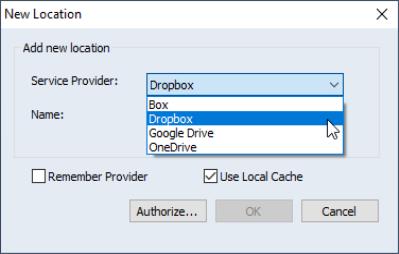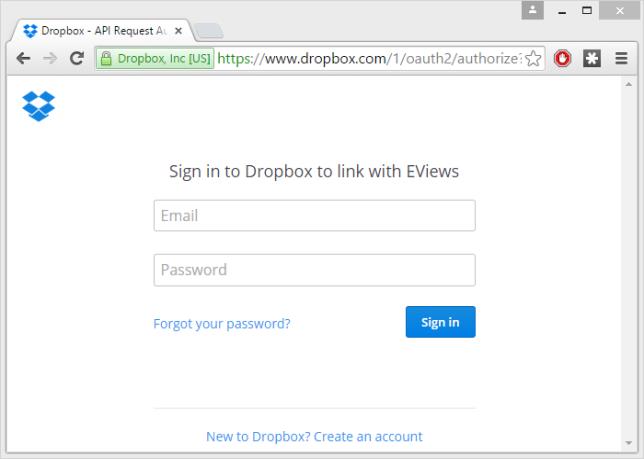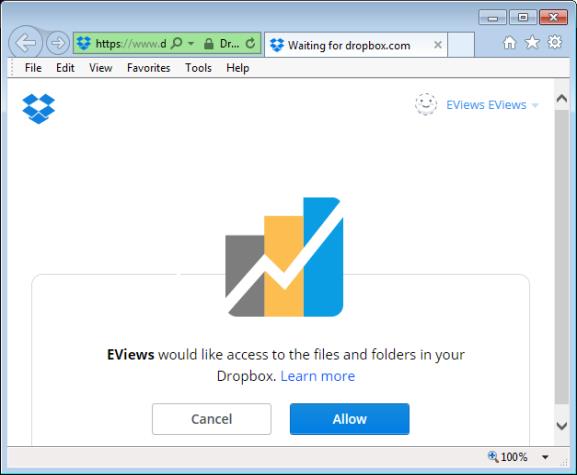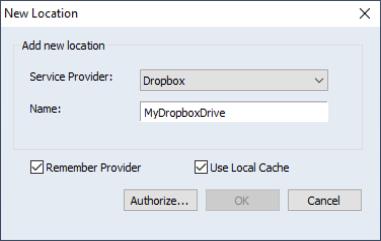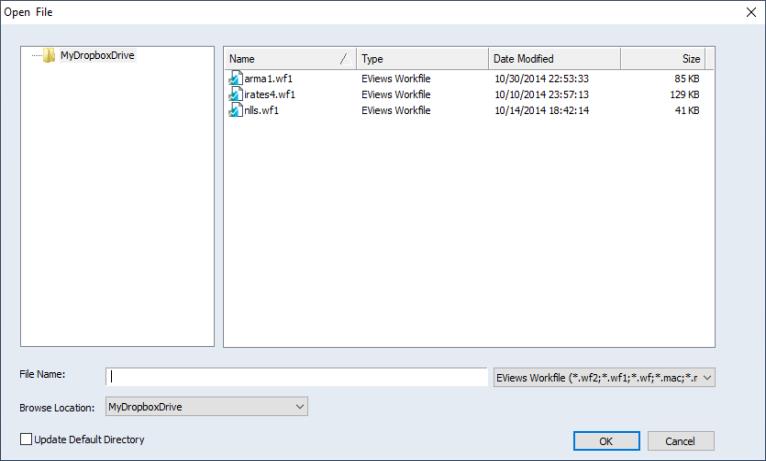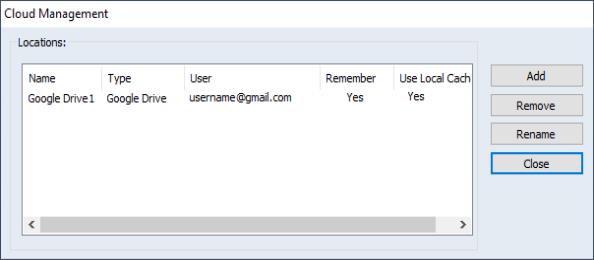Addendum
File Dialog Features
There are additional features in the file open and save dialogs which you may find useful.
Set Default Directory
All EViews file dialogs begin with a display of the contents of the default directory. You can always identify the default directory from the listing on the EViews status line. The default directory is set initially to be the directory containing the EViews program, but it can be changed at any time.
You can change the default directory by using the or the menu items, navigating to the new directory, and checking the
Update Default Directory box in the dialog. If you then open or save a workfile, the default directory will change to the one you have selected. The default directory may also be set from the dialog. See
“File Locations” .
An alternative method for changing the default EViews directory is to use the
cd command. Simply enter “CD” followed by the directory name in the command window (see
cd for details).
File Operations
Since EViews uses a variant of the Windows common file dialog for all open and save operations, you may use the dialog to perform routine file operations such as renaming, copying, moving, and deleting files.
For example, to delete a file, click once of the file name to select the file, then right click once to call up the menu, and select . Likewise, you may select a file, right-mouse click, and perform various file operations such as or .
Cloud Drive Support
You may access files on your cloud drive from within EViews. There is a combo on the and dialogs that allows you to configure access to your Box, Dropbox, Google Drive, or OneDrive and to read and write files directly from your cloud drives.
Additionally, many of our commands that take a path to a file can now be used with a cloud location. For example:
cd "<myonedrive>:\temp"
wfopen "<mydropboxdrive>:\folder\main.wf1"
wfsave "<mygoogledrive>:\EViews\test.wf1"
To access files in your account you must first configure a cloud location within EViews. Click on and then select from the dropdown menu.
EViews will display a New Location dialog prompting you to select a service provider,
and to provide a name for use when referring to the location:
Click the button to start the sign-in and authorization process. The authorization procedure will differ for each provider, but will generally involve launching a browser window and opening the appropriate sign-in page (if are already signed in to your cloud account, your provider may not require this additional authorization).
Once signed in, you will be prompted to allow EViews access to your files and folders.
Click the button to authorize EViews access. Once authorization has been granted, you will see a message saying you can now close the browser window and return to the EViews dialog.
Notice that the button is now enabled, indicating that you may save the location. The checkbox allows you to control the lifetime of this cloud location. If you wish to use the new location only once (such as when you are using a public/lab computer) then leave the checkbox unchecked. This will ensure the location is only available to the current instance of EViews. Once EViews is shutdown, the cloud location will no longer be available. However, if you are using a private computer and would like to access this cloud location in the future, you may select this option so that EViews will remember this cloud location for as long as the cloud provider allows (or until you instruct EViews to forget).
Security Note: Cloud location information is stored on the local machine in encrypted format and never contains any user passwords. Stored locations are only available to the current Windows user. Some cloud providers will always require re-authorization after a certain period of time, regardless of activity.
Once the location has been created, the dialog will be displayed, with the dropdown set to the newly created location, so that you may examine the contents of your cloud drive.
You can create, edit, and delete cloud locations using the dialog. To display the dialog, select from the main EViews menu:
From here you can see relevant information such as the local name of the location, the provider, the user account associated with the location, and whether or not the location has been saved.
Cloud FAQ
• Which EViews files can be opened/saved to a cloud location?
Most file formats are supported, including EViews Workfiles, Programs, Text Files, Excel Files, etc. The one notable exception to that are EViews Database files (*.EDB).
• I’m concerned about my cloud account security. Is my account password saved locally?
No. EViews does not have access to your account password. Authorization is negotiated between you and your provider via your browser. The cloud provider sends EViews a special authorization key and EViews keeps this special key in encrypted format. All authorizations can be revoked by the provider whenever you request, forcing cloud clients such as EViews to obtain new authorization for continued access to your files.
• Are cloud files cached locally? If so, where?
When a file is opened or saved to a cloud location, all files are cached locally to the following directory:
<EViews Temp File Path>\<location name>. Cached files will be automatically removed after the end of the session if your cloud location was not defined using the setting.



